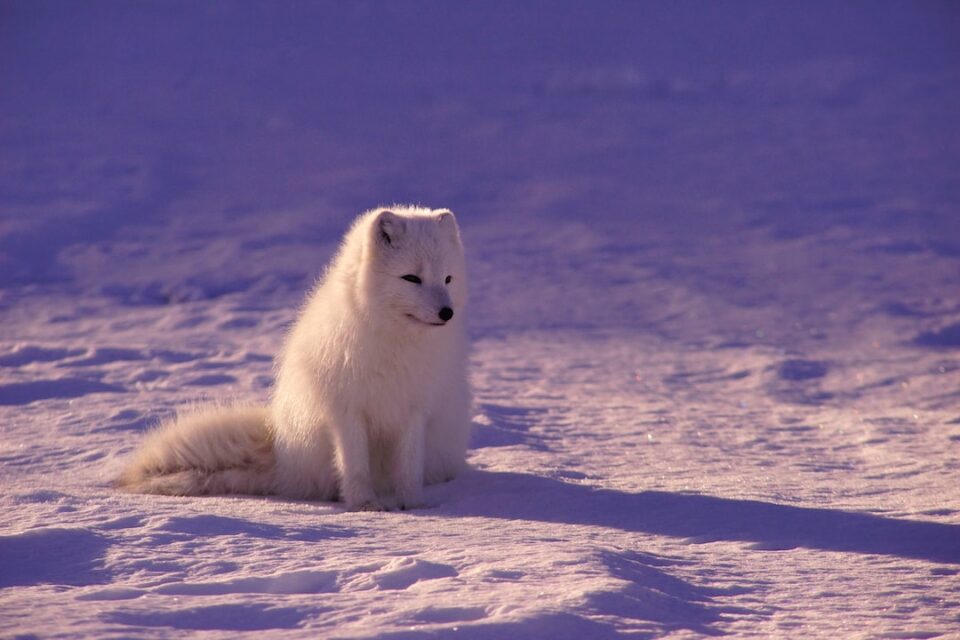Why Do Cats Purr? Decoding Their Mysterious Language
Cats are intriguing creatures that have captivated humans for centuries. From their graceful movements to their independent nature, cats have always been associated with mystery and mystique. One of their most fascinating features is their ability to purr. But why do cats purr? What does it mean? In this blog post, we will try to decode the mysterious language of purring.
Purring is a unique vocalization that only members of the cat family can produce. It is a low, vibrating sound that can vary in intensity and pitch. While most people associate purring with contentment and relaxation, it can also have other meanings.
The most common reason a cat purrs is to express pleasure and contentment. When a cat is in a relaxed state and feels safe and secure, it will often start to purr. This can happen when it is being petted, cuddled, or simply enjoying the comfort of its surroundings. Purring in this context can be seen as a sign of trust and affection.
However, cats also purr in other situations that may not be related to happiness. For example, some cats will purr when they are experiencing pain or discomfort. This is believed to be a self-soothing mechanism, as the vibrations generated by purring can have a calming effect on the cat’s body. It is similar to how humans might hum or sing to themselves when they are in pain or feeling stressed.
Another interesting aspect of purring is its potential healing properties. Studies have shown that the vibrations produced by purring can promote the healing of bones and tissues, as well as reduce pain and inflammation. This may explain why cats often purr when they are injured or recovering from an illness.
Purring can also be a form of communication between cats and their human companions. Cats are highly intuitive animals, and they can often sense when their owners are sad or stressed. In such situations, a cat may approach its owner and start purring as a way to offer comfort and support. This is why cats are often referred to as therapy animals, as their purring can have a positive effect on a person’s mental and emotional well-being.
In conclusion, decoding the mysterious language of purring is no easy task. While we may never fully understand all of its meanings and nuances, it is clear that purring is an important part of a cat’s communication repertoire. Whether it is expressing pleasure, seeking comfort, or offering support, purring is a powerful tool that cats use to connect with the world around them. So next time you hear your feline friend purring, take a moment to appreciate the beauty and complexity of this enigmatic language.


